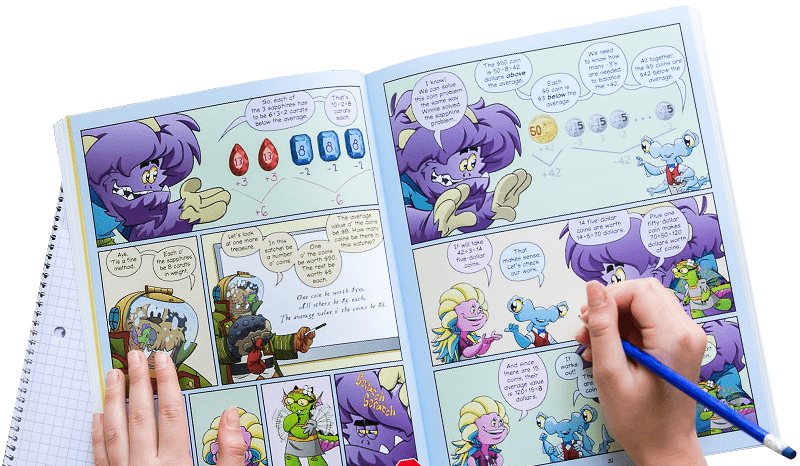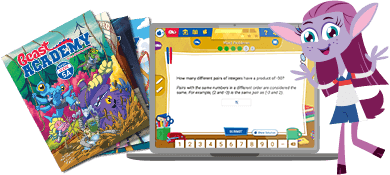Hungry Monster
Practice recognizing numbers and comparing. Be careful—the hungry monster eats the highest card!
Instructions
This game uses the deck you made or printed out in our Number Deck activity. (See Variations below to use other cards.) You'll also need an envelope, markers, and scissors to make your hungry monster. Seal the envelope, then cut off a square end.


Draw a mouth and an eye.

Cut out the triangular part of the mouth.

Color the inside of the envelope red.

Meet the hungry monster.

Now, shuffle the Number Deck well, and deal the entire deck face down between the two players. The hungry monster is placed in between.

Each player turns over their top card, and says the number of their card out loud.

Whoever played the biggest card turns the hungry monster to face their card, then feeds it to the hungry monster.

The other player collects their card.
If both players put down a card of the same number, the hungry monster gets confused and doesn't eat anything. Each player collects their card.
Play until no cards are left, then count the cards that didn't get eaten.

Whoever has the most cards wins!
Your hungry monster also works as a great card carrier!

Don't forget: it's Beast Academy Playground, not Beast Academy Study Hall. Change the rules, be silly, make mistakes, and try again. The Variations and Learning Notes are here for you if you want to dive deeper, but not all of them apply to learners of every age. The most important thing is to have fun.
What do you think of this activity?
We're always looking to improve. Submit your feedback to us below.
- Number Deck or other playing cards
- envelope
- markers
- scissors
- comparison
- recognizing numbers
- counting
- addition
- K.CC.B.4
- K.CC.B.5
- K.CC.C.6
- K.CC.C.7

Ready to level up?
Keep problem solving with Beast Academy’s full math curriculum for students ages 6–13. Check out our captivating comic book series and immersive online platform.
LEARN MOREBring problem-solving to your classroom
Keep your entire class engaged with a full book and online math curriculum, for students ages 6–13. 98% of teachers say they’re satisfied with Beast Academy.
LEARN MORE



Ready to level up?
Keep problem solving with Beast Academy’s full math curriculum for students ages 6–13. Check out our captivating comic book series and immersive online platform.
LEARN MOREBring problem-solving to your classroom
Keep your entire class engaged with a full book and online math curriculum, for students ages 6–13. 98% of teachers say they’re satisfied with Beast Academy.
LEARN MORE
Sign up to be notified when new videos are released.
















































